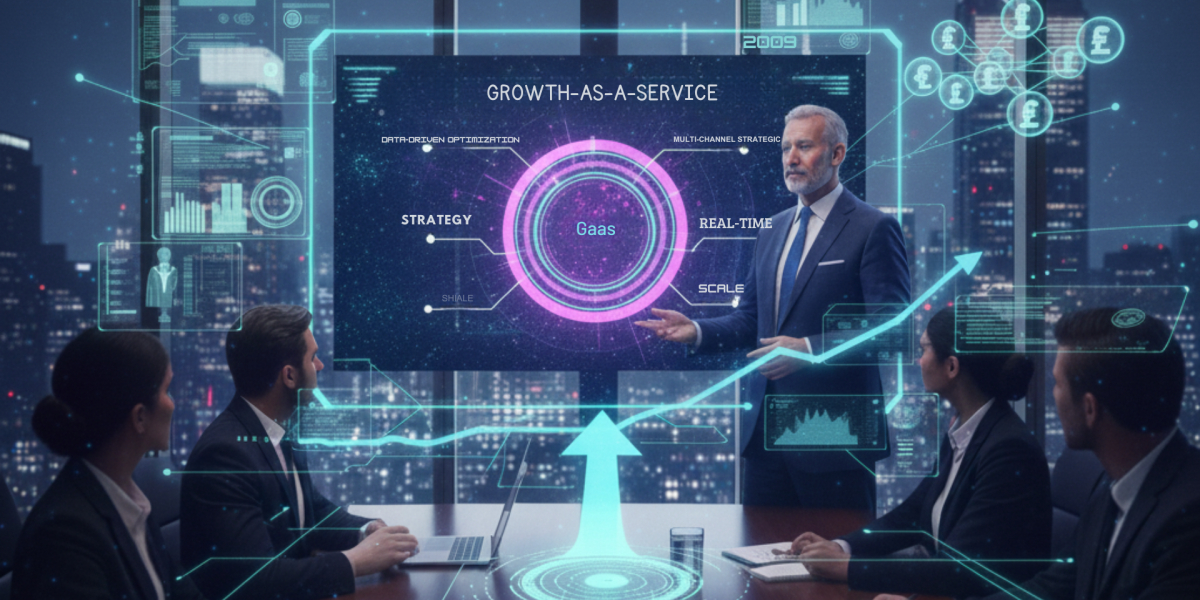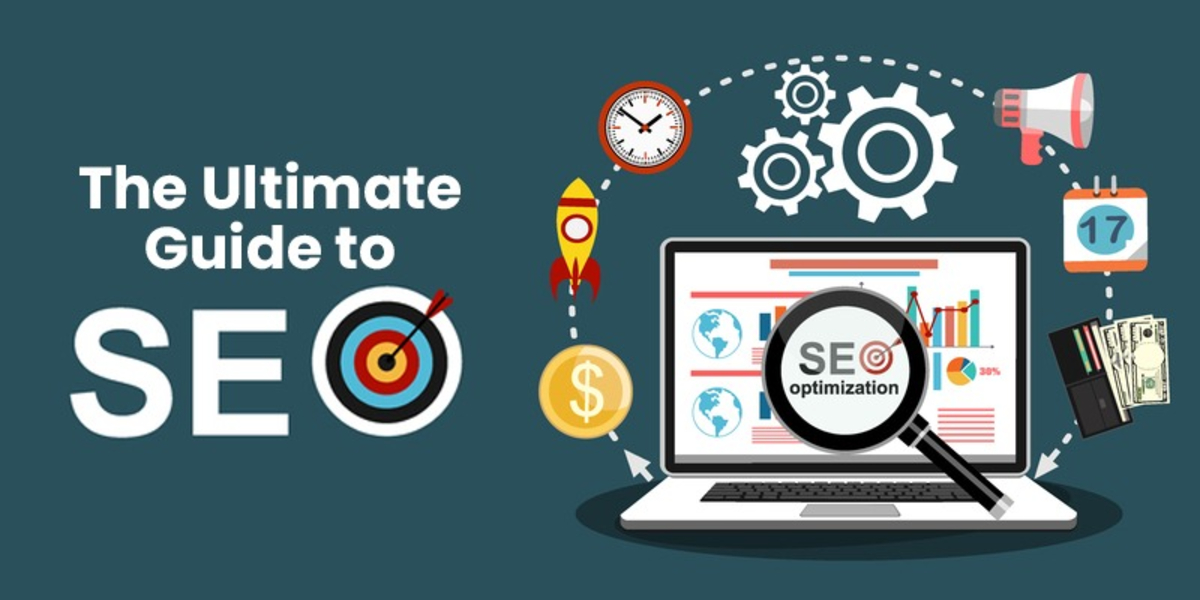AI and Automation in eCommerce Development Services: What’s Changing in 2026?
E-commerce | 19-11-2025 | Mukul

In 2026, the world of eCommerce development services is shifting faster than ever. Brands are no longer satisfied with just building an online store or adding a fancy theme.
They want systems that think, adapt, and act. AI-powered automation, or the agentic AI, can make decisions and take actions. In addition, deeper integration between CRM and commerce platforms is coming together to create a tipping point.
The statistics below show it all:
- The global AI-enabled eCommerce market is already valued at around $8.65 billion in 2025, and forecasts show it growing steeply toward 2030.
- On the “agentic” front, a recent report says that ~57% of U.S. executives plan to roll out customer-facing agentic AI this year.
So, in this blog, we will talk about what is changing in the eCommerce development market and why it matters for companies hiring eCommerce web developers. In addition, you'll learn how service providers must adapt to stay ahead in this new era.
AI & Automation Capabilities Impacting eCommerce Development Services
The appealing storefronts do not leave a real impact alone. The eCommerce development services you hire must be featured with AI and automation. It not only makes your website pretty and responsive but also efficient and smart.
Let's discuss below the essential capabilities you should look for when hiring eCommerce web developers.
1. Personalization & Product Recommendations
AI-powered recommendations are now table stakes. Around 71% of eCommerce sites use product suggestions to guide shoppers.
Here, personalization has shown conversion rates going up by as much as 40% and average order value rising noticeably.
Therefore, every web development company should not think of it as they're building a page. You’re actually enabling dynamic, AI-driven experiences that adapt to each user.
2. Conversational & Agentic Commerce
AI agents not only provide product suggestions. They chat, resonate, and execute.
Let's take an example. A digital shopping assistant could guide a user, apply a coupon, and adjust cart items. That means clients expect integrations with chatbots, voice assistants, and “smart” touchpoints out of your development services.
3. Operations & Back-Office Automation
It’s not only the front end that’s changing. Automation in supply chain, inventory, and fraud detection is going strong. Some stats say AI tools reduce return rates by ~15%, reduce stock-outs, and cut logistics costs.
So, as a developer or an eCommerce web development company, your service offering must include architecture and integrations for data, events, and automation. You should not just focus on making your store look good.
4. Content Automation & SEO Scale
AI is also entering content creation: product descriptions, metadata, image variants, A/B versions. That means when someone hires eCommerce web developers, they’ll want the team to build in tools or APIs that can scale content.
Why AI and Automation Matter for an eCommerce Web Development Company?
The new key selling point for any eCommerce web development company these days is "we build for AI-first commerce."
It means:
- Developers must know how to integrate data feeds, model endpoints, and APIs.
- Your service offerings must say: we deliver eCommerce development services that include personalization, automation, and conversational commerce.
- And from the client side: when they hire eCommerce Developers, they’ll ask for skills beyond “theme customization” — they’ll want “AI integration”, “headless architecture”, “automation layer”.
Simply put, the core capabilities above aren't optional but necessary. They’re quickly becoming standard features of modern eCommerce development and are required by an eCommerce web developer to build robust solutions.
What Clients Look for in eCommerce Development Services?
In 2026, every client would have one question in common. It would be “if the eCommerce developers could handle AI and automation together?”
Here, businesses need to hire eCommerce developers well-versed in coding skills and who understand data, automation, and customer expectations simultaneously.
Modern clients now expect developers to possess skills in headless and composable frameworks like Next.js, Shopify Hydrogen, or Craft Commerce. Also, knowing GraphQL and REST to integrate CRM, inventory, and product data is considered a plus.
Website development wouldn’t be about designing appealing websites anymore. Businesses now want end-to-end ecommerce development services. It must includee the steps such as planning data flows, choosing automation tools, designing intuitive interfaces, and monitoring AI performance.
Well, there are many best eCommerce web development companies you can choose from. They will help you create a complete roadmap to an appealing and fully-functional website optimized for UX and security compliance.
What is the Pricing, ROI & Business Case of eCommerce Development Services?
Almost every client asks the same two questions before starting any eCommerce project: “How much will this cost?” and “Will we actually see a return?”
And honestly, those are fair questions. The investment can feel big, especially when you add automation and AI into the mix. But the payoff can be even bigger when everything is done right.
It helps to look at how automation improves the business side of your store — things like cost savings, efficiency, and long-term growth.
How does automation reduce operational costs?
A lot of money goes into everyday tasks that don’t need a human every single time. This is where automation quietly saves you a lot of wasted hours.
1. Customer Support
Most online stores get the same questions again and again — order status, returns, shipping times. When a smart chatbot handles these, your support team finally gets room to focus on real issues. You’re not cutting people. You’re shifting their time to work that actually moves the needle.
2. Merchandising and Personalization
Updating product blocks, analyzing behavior, and preparing upsell paths take hours each week.
AI can track demand, suggest what to promote, and even trigger reorders automatically. That’s time saved and fewer manual mistakes.
3. Inventory Forecasting
Better predictions mean fewer surprises.
Good analytics helps you avoid overstocking slow items or running out of fast sellers.
Less dead stock = less money sitting on shelves.
Fewer stock-outs = fewer missed sales.
These savings alone make a strong case for automation, even before you talk about the revenue lift.
How AI Increases Revenue: AOV, retention, and lifetime value?
Here’s where things get interesting. Automation doesn’t just save money — it helps you make more of it.
1. Higher AOV
When recommendations feel relevant, people naturally add more to their cart.
Simple things like “you may also like” or a tailored discount can bump up each order without being pushy.
2. Stronger Retention
Shoppers remember when an experience feels smooth and personal.
Brands using personalization usually see more repeat purchases because customers feel like the store “gets” them. Even a small bump in retention makes a big difference over a year.
3. Higher Lifetime Value
Better support, smarter merchandising, and consistent stock availability are all vital. Combining these, you could make the whole shopping experience feel dependable.
Additionally, you build customer retention without increasing your marketing spend.
A Quick ROI Framework
Here’s a simple way to model ROI when pitching automation as part of your eCommerce development services:
Estimate cost savings
- Customer support: Look at yearly support salaries and estimate what percentage of queries automation can handle.
- Merchandising: Calculate hours spent manually updating product recommendations, collections, or campaigns.
- Inventory: Estimate savings from fewer write-offs and better stock management.
Estimate revenue uplift
- AOV: Even a small 5–15% increase adds up quickly.
- Retention: If automation improves repeat purchases by 10–30%, that directly increases revenue.
- LTV: Use the retention lift + average order value to calculate lifetime value changes.
Calculate payback period
- Add your cost savings and revenue gains.
- Then compare them to your upfront investment.
- Most businesses see early results within a few months, especially if they start with a small pilot, like personalized recommendations or automated support.
Possible Business Case for Clients
- Lower operating costs: With AI, you don’t need to hire as many support agents.
- Higher sales: Personalized experiences lead to bigger carts and more purchases.
- Scalable growth: Automation means systems scale without linear increases in costs.
- Better customer experience: Faster response times + smarter shopping = happier customers, which fuels retention.
In short: when clients hire eCommerce web developers or a full eCommerce web development company that understands AI, they’re not just building a store — they’re building a more efficient, automated, and revenue-generating machine. The upfront investment in AI-enabled services pays off quickly if you plan right.
Risks, Ethics & Compliance
As AI becomes a core part of modern eCommerce, the risks also grow. And clients today expect their eCommerce development services partner to guide them through these issues, not just build features. Here are the main risks and how to handle them in a simple, practical way.
Key risks you can’t ignore
- Data privacy is the biggest one. AI needs product, customer, and behavior data to work. If this data is not handled with consent and transparency, it can lead to legal and trust issues.
- Algorithmic bias is another challenge. If your models learn from bad or incomplete data, they may push unfair product recommendations or misjudge user preferences. This hurts both trust and revenue.
- There’s also over-personalization, where the shopping experience becomes too “narrow.” When customers only see what an AI thinks they want, they may miss new or trending products.
- And finally, there’s dependency on third-party AI agents. If your entire personalization or automation stack relies on one external tool, any downtime or policy shift can disrupt your business.
Practical Ways to Reduce the Risks
- Start with seeking consent. You must highlight user what data you’ll collect and why. Also, you can provide them with a simple opt-in or opt-out.
- Next, you can build a fallback UX. It will ensure customers can still browse, search, and check out if any AI service fails.
- Human oversight is essential for critical decisions. Let your team review model outputs for recommendations, pricing rules, and customer support automation.
- Lately, you must consistently monitor your AI systems for bias, drift, and performance changes. It will help you catch issues early and maintain consistent results.
What to expect on eCommerce Development Services Beyond 2026?
2025 has been the year when AI became standard in online shopping. It is further expected that the years after will push things even further. The way eCommerce development services work is going to change again as autonomous systems take on more of the heavy lifting.
The expected changes may involve:
- The rise of autonomous shopping agents. These agents could answer customer queries, compare pricing, and review policies. Additionally, product data, structured content, and clean APIs will become significant.
- You may also see the trend moving towards frictionless voice and agent-led commerce. People will buy through voice commands, wearable devices, and AI companions embedded in phones and browsers.
- Another major shift is deeper CRM-commerce convergence. Platforms like Salesforce and HubSpot are already blending sales, service, and commerce data.
The brands need to work with an eCommerce web development company that understands these trends and can build flexible, AI-ready systems. It will ensure companies with the expected growth and success.
Final Thoughts
AI and automation play a significant role together in influencing the functioning of online stores. In 2026, it would continue this way. Hence, you must follow the simple steps shared below to ensure your business performs well and stays ahead of the competition.
- Keep an eye on your data. You need to monitor the information you already collect. It could be anything like customer behavior, order history, and product performance. Organizing all this data will ensure proper utilization of the AI tool.
- The next step is to pick one small personalization idea to test. It could be simple product suggestions, an automated email flow, or a basic support bot. This will help you determine what works, learn from it, and build confidence.
- You’ll also need the right people to help you. eCommerce developers with AI experience could provide the support required to achieve real business goals. You can build an internal team or work with an eCommerce web development company that already has this skill set. What matters is having someone who understands both technology and online retail.
In simple terms, you understand the requirement, including store modernization, conversion improvements, and automation. Now is the time to hire eCommerce developers. These experts can help guide you throughout the development process.

.jpg)
.jpg)


.jpg)
.jpg)
.jpg)
.jpg)
